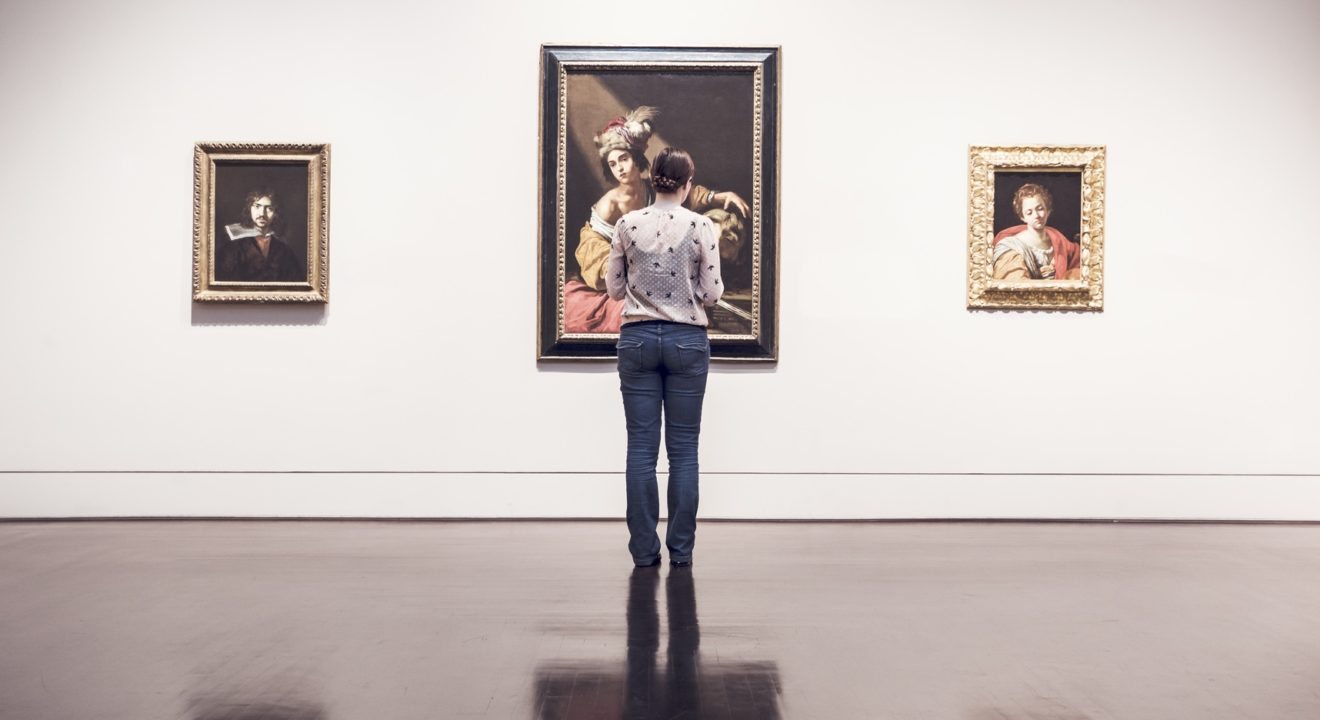Culture August 5, 2016


Baby Boomers may argue that millennials don’t appreciate art the way their culture did – and to a certain extent, they’d be right.
In our Instagram booty age, it isn’t surprising that, as a general trend, millennials aren’t engaging with art the same way their predecessors have. And with most millennials spending an average of 30 hours a month on some type of social media platform, it’s no wonder that museums are losing their luster. A study conducted by the American Attitudes Toward Art found that millennials are more likely to purchase and engage in art online instead of museums.
Before you start cursing Facebook and Instagram, though, a survey from Invaluable suggests that trending Internet entertainment platforms actually promote interest in art. Nearly half of social media users reported that they used their multiple accounts to find new art online. In addition, about 22 percent of US consumers discover new art via social media.
Of the 40 percent of consumers visiting museums once a year, only 14 percent visit on a monthly basis, suggesting that the use of social media is essential to connect those who admit to never visiting cultural institutions. Of all respondents to the Invaluable survey, 48 percent showed a liking and/or appreciation for art, especially Baby Boomers. Respondents over the age of 65 reported the largest appreciation in art, with older Millennials (25-34) in second place. Additionally, one in three U.S. consumers believe buying art is a good investment, especially among younger generations.
While museum visitation has been experiencing a sharp decrease in recent years, this doesn’t indicate that millennials are less appreciative of art: it simply means that they engage in art culture a different way. This new (or perhaps nouveau riche) way of seeing art comes with its advantages and may even be causing a spike in millennial art appreciation.
Art is no longer accessible to only the very rich. Great art photographers, painters, writers and musicians can be easily accessed via Instagram, Facebook, Google or Amazon. From hula hoop champions to cellists playing top 40 songs, different forms of art are showcased like never before. Pop-up art galleries and unconventional art have grown increasingly popular for millennials as well, suggesting that they are perhaps a little more cultured than their predecessors may admit.
Today, people express themselves in diverse ways, using various platforms. While it is true that millennials don’t engage in art the same way as the Baby Boomers, the millennial generation has a great deal to contribute to the arts.
Want more stats? Take a look at the “American Attitudes Toward Art” survey.